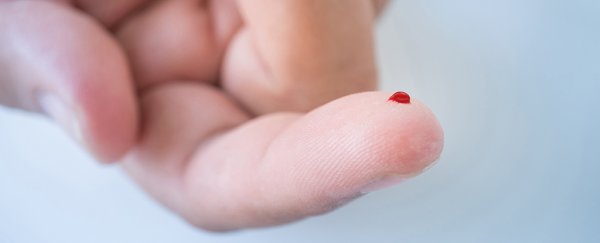The earlier we can spot dementia, the better we can treat it and prepare for its effects. Through a combination of experiments with humans, mice, and lab samples, researchers recently identified specific microRNAs – those regulatory molecules that control protein production and the body's metabolism – that could be predictors of dementia.
While there's currently no cure for dementia, work continues to find one. Until that happens, giving people the chance to prepare for the loss of memory and cognitive function way before the symptoms start could make a huge difference.
"We need tests that ideally respond before the onset of dementia and reliably estimate the risk of later disease," says neurologist André Fischer from the DZNE (the Deutsches Zentrum für Neurodegenerative Erkrankungen, or the German Center for Neurodegenerative Diseases).
"In other words, tests that give an early warning. We are confident that our current study results pave the way for such tests."
Through an analysis of 132 healthy human volunteers and 53 older people with mild cognitive impairment (MCI), tests on mice looking for signs of neural degeneration, and experiments with cell cultures, the scientists were able to identify three microRNAs linked to mental performance.
Higher levels of the microRNAs were linked to mental decline in mice, as well as in the onset of dementia in the MCI group; of those in that group with elevated biomarker levels, 90 percent went on to develop Alzheimer's within two years.
The mice and cell cultures studies revealed that the same three microRNAs were associated with inflammatory processes in the brain and neuroplasticity, or how well neurons can form connections.
"In our view, they are not only markers, but also have an active impact on pathological processes," says Fischer. "This makes them potential targets for therapy."
"Indeed, we see in mice that learning ability improves when these microRNAs are blocked with drugs. We've observed this in mice with age-related mental deficits, as well as in mice with brain damage similar to that occurring in Alzheimer's disease."
In other words, the researchers think that the microRNA signatures they've found could also indicate how dementia takes hold of the brain and estimate the future risk. That's potentially very helpful in terms of the development of treatments. For instance, when the microRNAs were blocked in mice, their learning ability was improved.
As of yet, there's no actual blood test that can be used to look for these microRNA biomarkers in a sample. The next step for researchers is a simple, non-invasive screening process, like a blood test, that would be relatively easy to set up and could be used at regular check-ups.
Having more warning time for dementia not only prepares the people affected by it but also gives scientists more time to experiment with treatments before the disease takes hold and to see how effective different approaches might be at the earliest stages.
"When symptoms of dementia manifest, the brain has already been massively damaged," says Fischer. "Presently, diagnosis happens far too late even to have a chance for effective treatment. If dementia is detected early, the odds of positively influencing the course of the disease increase."
The research has been published in EMBO Molecular Medicine.
